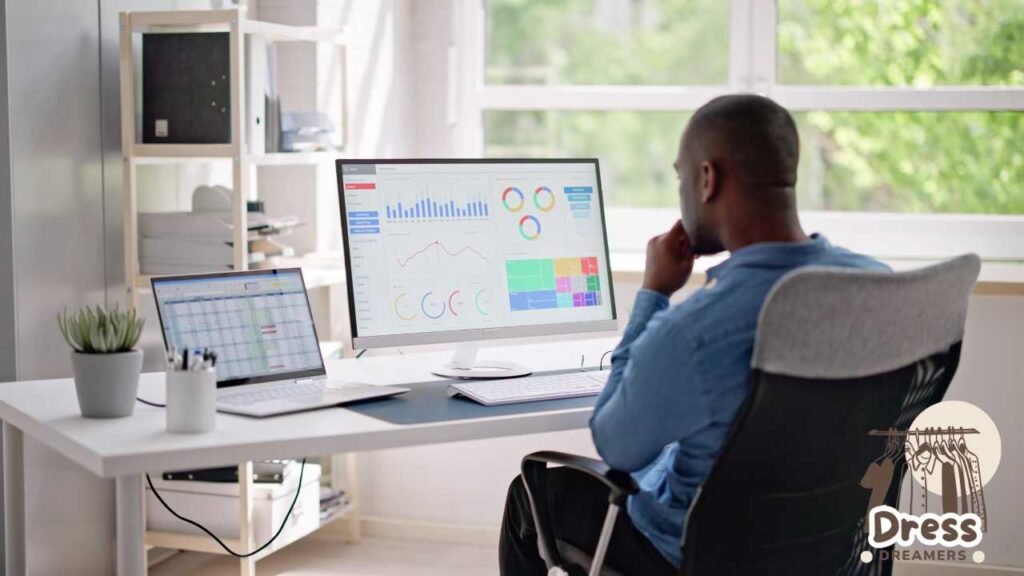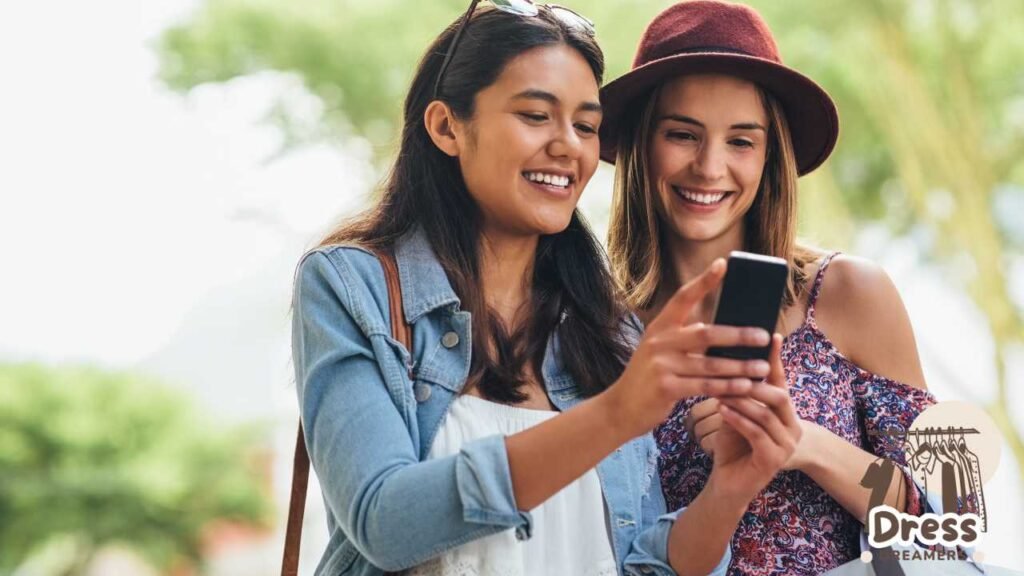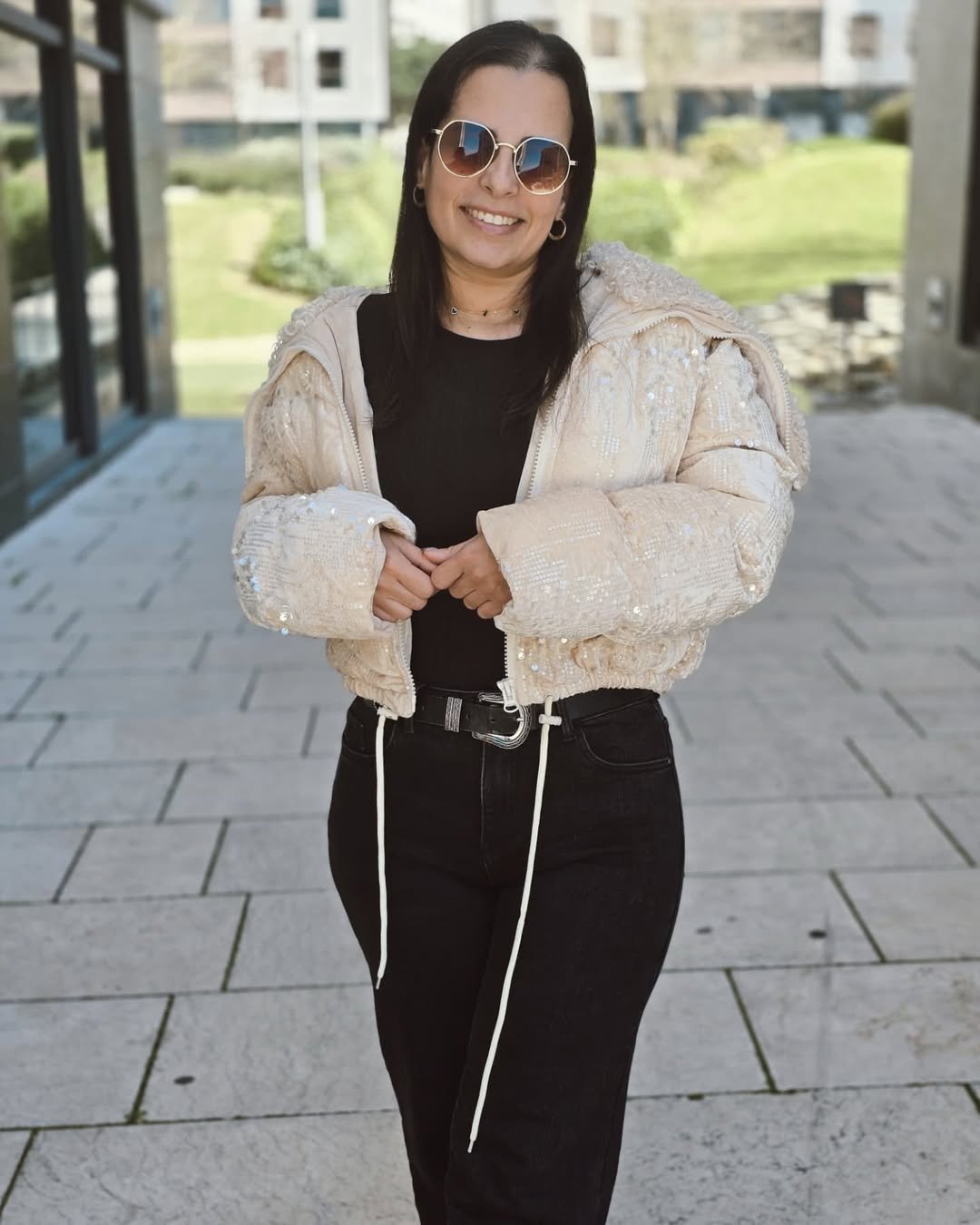In today’s world, leveraging the Internet for the Fashion Industry Today has completely revolutionized the way brands and customers interact. Technology and online platforms have brought convenience and speed to the industry, making shopping more accessible than ever.
From the very start, online applications have allowed customers to order products like clothes, shoes, and accessories without having to visit a physical shop or mall. The online experience has made it easier to explore, select, and buy products, saving valuable time while offering a more personalized shopping experience.
These shifts aren’t just about simplifying purchases; they have paved the way for innovative ways to engage customers and expand brand reach. This transformation highlights the importance of leveraging the Internet for the Fashion Industry Today to meet customer demands and stay competitive. As the industry evolves, brands must continue adapting to these digital advancements to thrive.
“Fashion is the armor to survive the reality of everyday life.” – Bill Cunningham
Enhancing Shopping with Optimized User Data
The internet depends on the constant flow of data, and this is especially true for the fashion industry. Brands rely on analyzing this data to understand what customers like and prefer. By studying patterns, companies can fine-tune their offerings and recommend the best products. However, it’s not just about receiving data—as a customer, it’s important to share your preferences as well.
This is where a fast and reliable internet connection comes in handy, making it easier for you to send and receive data without delays. I personally suggest looking into Spectrum Internet Plans to ensure smooth transactions with your favorite brands.
When shopping online, the data you share helps improve your shopping experience. For example, when you browse and look at products, algorithms pick up your choices and preferences. This allows websites to suggest more products that match your taste. Over time, this personalized shopping experience becomes more accurate, ensuring you find what you like quicker. The seamless exchange of data between customers and brands makes the shopping experience more efficient, allowing the fashion industry to stay ahead of customer needs.

| The Advantages of Personalized Shopping Experiences | Examples |
| Personalized Shopping Experience | Algorithms suggest similar products based on preferences. |
| Efficient Product Discovery | Faster identification of preferences, reducing time spent on searches. |
| Customer Retention | Improved services and recommendations leading to repeat business. |
“The more data you have, the better you can understand your customers and build better relationships.” – Unknown
How Google’s Metasearch is Revolutionizing Online Shopping
A few years ago, I would often see something I liked in a picture—whether it was a shirt, shoes, or accessories—but it would take me forever to figure out where to buy those products. I spent hours searching for stores or brands, but the task was always so time-consuming. Then, Google introduced the multi search feature, which completely changed how I shop. By using Google Lens, I can simply save an image and upload it, and Google does all the hard work.
The technology quickly identifies the products in the image and shows me exactly which brands they are from and where I can buy them. This has made finding clothes, accessories, and even shoes so much easier and faster.
Now, thanks to this integration of Google’s metasearch, I no longer waste time guessing where to find items. Whether it’s shirts, pants, or any other fashion accessory, the internet makes it easy to discover what I need in just a few clicks. The ability to instantly order products directly from recognized brands has definitely streamlined my entire shopping experience.

“The best way to predict the future is to create it.” – Peter Drucker
The Role of Social Media in the Fashion Industry
Social media has evolved from just a place to connect with friends and family to a powerful marketing tool for brands. Platforms like Instagram and Facebook have become essential for the fashion industry, as nearly every major brand has a presence on these sites. Having a social media account allows brands to reach potential customers directly and showcase their products.
For example, if you’re interested in the latest collection of Zara, all you need to do is open Instagram, go to Zara’s page, and instantly access their newest clothes, shoes, and accessories. This easy access makes it simple for customers to stay up-to-date with their favorite brands.
The internet has allowed brands to connect with their audience in a more personal and immediate way, creating a seamless shopping experience for customers. Whether you’re browsing for new products or keeping up with fashion trends, social media plays a key role in how we discover and interact with fashion today.

Why Social Media Is Crucial for Fashion Brands
| Platform | Key Benefit |
| Direct engagement with customers through visually appealing posts. | |
| Access to a wide audience with diverse demographics. | |
| TikTok | Ability to create viral fashion trends through short-form videos. |
“Social media is not just a tool, but a gateway for brands to speak directly to the world.” – Unknow
The Influence of Social Media Personalities on Fashion Trends
At first glance, it may seem like social media influencers don’t do much except party and share their daily lives. But in reality, they play a huge role in the fashion industry. Influencers are essential to trendsetting, and brands often endorse them to promote their products. These influencers showcase their outfits, which sparks a desire among their followers to buy the same clothes, shoes, or accessories. This creates a sense of urgency and demand, which benefits fashion businesses and helps them boost sales.
For example, many models endorse makeup products, and their followers often feel the need to buy those same items. This is how the power of influencing works. It’s not just about sharing personal style; it’s a well-executed marketing strategy that connects brands with potential customers and drives the success of fashion lines.

“Influence is the new currency.” – Unknown
Exploring the Creative Potential of Augmented Reality in Fashion
Among all the technological advancements, Augmented Reality (AR) and Virtual Reality (VR) have impressed me the most. Brands like Burberry have creatively integrated AR into their online platforms, offering an innovative shopping experience. With this technology, customers can try on products virtually, creating an online “try room” before making a purchase. This brings a sense of convenience and certainty, especially when buying clothes, shoes, and accessories.
Even Nike adopted this concept for some of their sneaker releases, allowing fans to try on the shoes before buying. This use of technology not only makes shopping more interactive but also enhances the shopping experience, making it more engaging and efficient. The integration of AR is a great way for brands to connect with customers and boost confidence in their products.

“Technology is best when it brings people together.” – Matt Mullenweg
How Targeted Online Advertising is Shaping Fashion Shopping
Have you ever searched for a bag on Google, then opened Instagram, only to be bombarded with ads related to bags? That’s the power of online ads. The algorithm tracks your preferences and starts showing you ads for products you’re likely to be interested in, based on your previous searches and activity. This creates a seamless experience where you might feel compelled to click on an ad and buy that exact product.
This illustrates just how crucial the internet and social media are for marketing fashion items today. The ability for brands to reach potential customers with targeted ads has transformed the way we discover and purchase clothes, shoes, and accessories. It’s a smart strategy that helps drive sales while creating a more personalized shopping experience.

“The best advertising is done by satisfied customers.” – Philip Kotler
A Handy Tip for a Smarter Shopping Experience
The next time you head online to buy something, make sure the brand offers a virtual try room. This feature makes it much easier for you to check which size fits you best and whether the product will look good on you or not. It’s a great way to ensure that your shopping experience is more convenient and that you’re confident in your purchase before committing to it.

The Rise of Mobile Shopping in Fashion:
While the article focuses on online shopping, it might be helpful to mention the growing importance of mobile shopping. With the rise of smartphones, many consumers now shop directly through apps, which has become a major trend in fashion retail. Highlighting mobile optimization could add an extra layer to the story of how fashion has adapted to the internet.
Sustainability in Fashion: Technology’s Role in Promoting Eco-conscious Choices:
As consumers become more eco-conscious, many fashion brands are using technology to promote sustainability. For example, there are now platforms that track the carbon footprint of fashion products. Mentioning how the internet is helping fashion brands address sustainability could be an important addition.
Expanding Fashion’s Reach: How the Internet Bridges Global Markets
The internet has allowed fashion brands to reach global audiences, no longer being limited by geography. This could be an interesting addition, as it highlights how the global marketplace has expanded thanks to the internet, allowing smaller brands to thrive alongside global giants.
Artificial Intelligence: The Future of Fashion Innovation
AI is increasingly used in fashion to predict trends, manage inventories, and even create designs. Including AI’s role in fashion could further emphasize the technological advancements in the industry.
- The Mobile Shopping Experience: If you decide to include mobile shopping as a trend, this paragraph would be relevant. It would highlight the role of smartphones and apps in the fashion industry, which aligns with the article’s overall theme of convenience and technology.
- Sustainability and Technology: This would be a great addition to show how technology not only improves the shopping experience but also helps address social and environmental issues in fashion. It complements the article by adding a responsible and ethical dimension.
- The Global Impact of Online Shopping: This addition would be relevant if you’re discussing how the internet has expanded fashion’s reach worldwide. It ties well with the idea of the internet creating a more accessible and connected world.
- Artificial Intelligence in Fashion: If AI is not already covered in your article, this paragraph would be highly relevant to explore the cutting-edge tech used in fashion for trend prediction, design, and supply chain management. It adds to the discussion of how technology drives efficiency and innovation in the industry.
Frequently Asked Questions
How has the internet revolutionized the fashion industry?
The internet has made shopping more accessible, enabling customers to buy clothes, shoes, and accessories online, offering convenience, speed, and personalized shopping experiences for both brands and consumers.
What role does data play in online shopping?
Brands use customer data to analyze preferences and recommend products. This creates a personalized shopping experience and improves product discovery, making it easier to find desired items quickly.
How does Google’s multisearch help in online shopping?
Google’s multisearch allows users to upload images of products they like, and the technology identifies the items, showing where they can buy them, saving time in product discovery.
How can social media impact fashion brands?
Social media platforms like Instagram and Facebook enable brands to showcase products, engage with customers, and stay up-to-date with trends, making it an essential marketing tool in the fashion industry.
Why are social media influencers important for fashion brands?
Influencers promote fashion products to their followers, creating demand and boosting sales. Their personal style and endorsements drive trends, making them crucial to fashion marketing strategies.
What is Augmented Reality (AR) in fashion shopping?
AR allows customers to try products virtually before purchasing, providing an immersive and interactive shopping experience, such as virtually trying on clothes or shoes from their home.
How do online ads target customers in the fashion industry?
Online ads use algorithms to track browsing behavior, displaying targeted ads based on customers’ previous searches, which increases the likelihood of clicks and purchases on fashion items.
What is the significance of mobile shopping in the fashion industry?
Mobile shopping via apps allows consumers to browse and purchase fashion items directly from their smartphones, enhancing convenience and making shopping on-the-go easier than ever.
How is sustainability being promoted through technology in fashion?
Technology helps fashion brands track and reduce carbon footprints, enabling more sustainable practices and offering eco-conscious products to consumers, promoting responsible fashion shopping.
How has the internet expanded the global reach of fashion brands?
The internet allows fashion brands to reach global audiences, breaking geographical barriers. This enables smaller brands to compete alongside global giants and thrive in the international marketplace.
Conclusion
The integration of the internet and technology has fundamentally reshaped the fashion industry, enhancing the shopping experience for both customers and brands. From the convenience of online shopping and personalized product recommendations to innovative tools like Augmented Reality (AR) and Google’s multisearch, the industry continues to evolve in exciting ways.
Social media platforms and online ads have made it easier for brands to engage with their audience, while social media influencers drive trends and boost sales. As the digital landscape advances, it’s clear that leveraging these technologies will remain crucial for the fashion industry to thrive and stay competitive in an ever-changing market.
“Fashion is what you buy, style is what you do with it.” – Unknown

Catarina Ferreira – Fashion enthusiast and founder of Dress Dreamers. Based in Lisbon, Portugal, she shares insights on beauty, travel, fashion, and lifestyle. Passionate about inspiring others to express their unique style, Catarina curates trends, outfit ideas, and dressing guides to help you look and feel your best.




